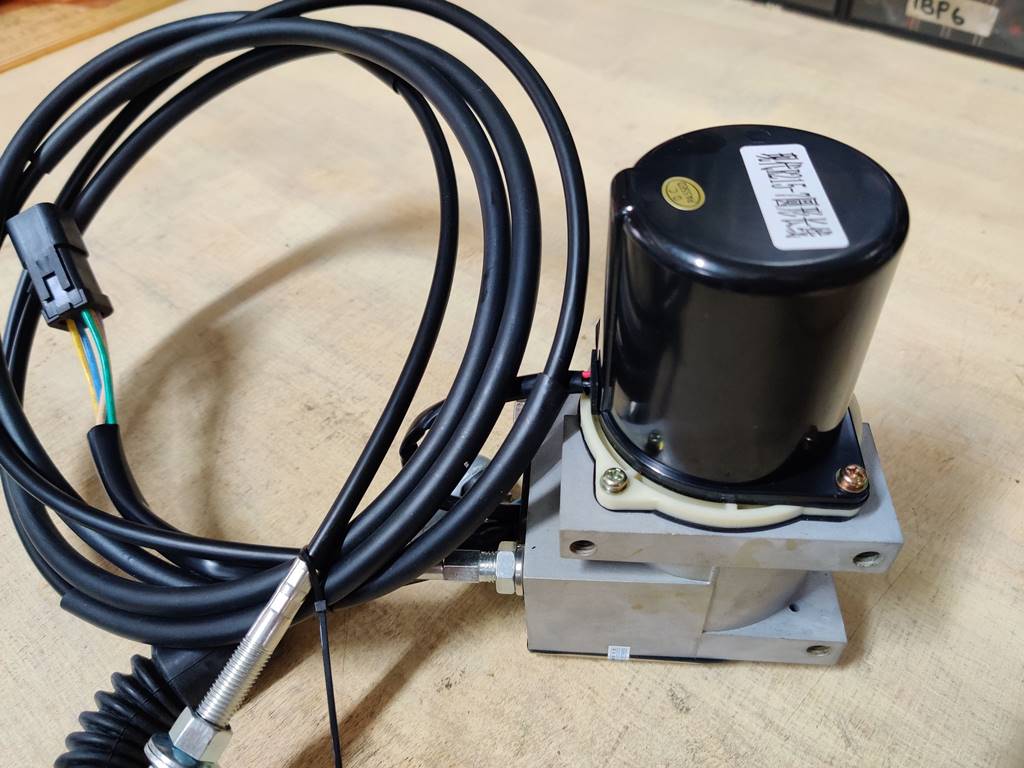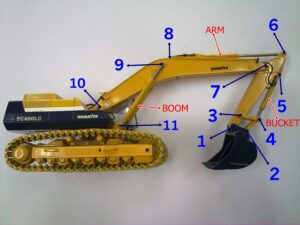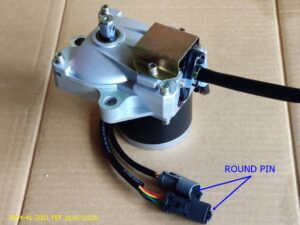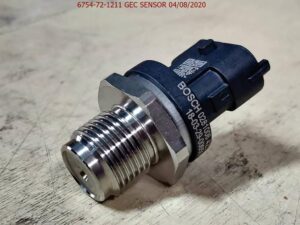The excavator throttle motor is a key component in regulating the engine’s speed and performance. Here are five essential functions of this motor:
- Regulation of Engine Speed: The throttle motor controls the flow of fuel to the engine, adjusting the speed of the engine based on the operator’s input. By increasing or decreasing the fuel supply, it helps maintain the desired engine speed for optimal performance.
- Automatic Idle Control: The throttle motor allows for automatic idle speed control. When the excavator is not in use or at a stop, the motor can reduce the engine speed to idle, which saves fuel and reduces engine wear.
- Response to Operator Inputs: The throttle motor responds to inputs from the operator, such as changes in throttle position or load demands. This ensures the engine can quickly adapt to different operating conditions, providing the necessary power for tasks like digging or lifting.
- Fuel Efficiency: By precisely controlling the amount of fuel injected into the engine, the throttle motor helps improve fuel efficiency. It ensures the engine runs at the optimal power output without unnecessary fuel consumption, which is vital for cost-effectiveness and sustainability.
- Engine Load Adjustment: The throttle motor adjusts the engine’s power output to match the load demands of the excavator. When heavier work is required (e.g., digging or lifting), it increases engine speed to provide the necessary power. Conversely, it reduces engine speed during lighter tasks to maintain efficiency.
These functions ensure that the throttle motor plays a critical role in optimizing the excavator’s engine performance, fuel efficiency, and response to varying operating conditions.




